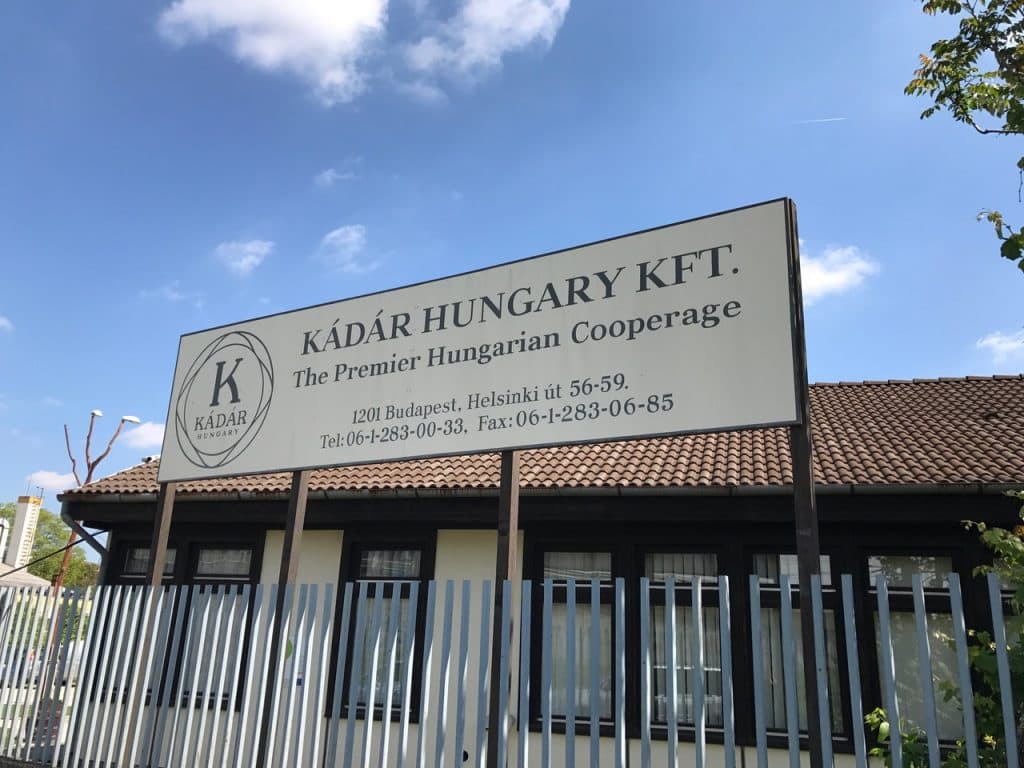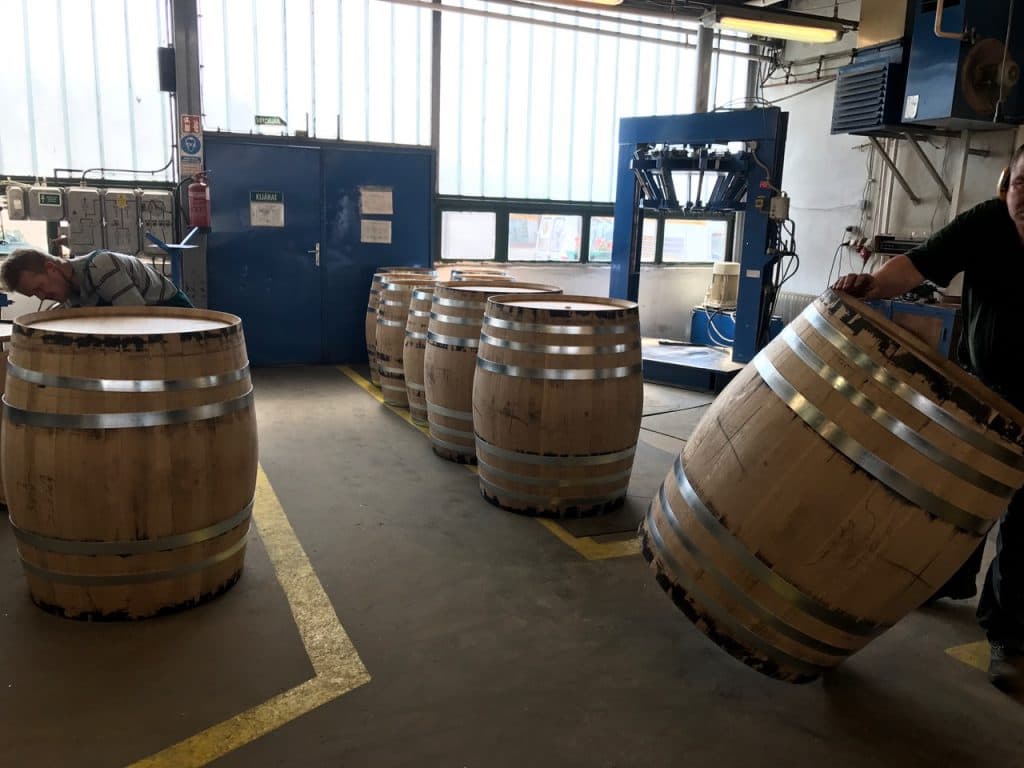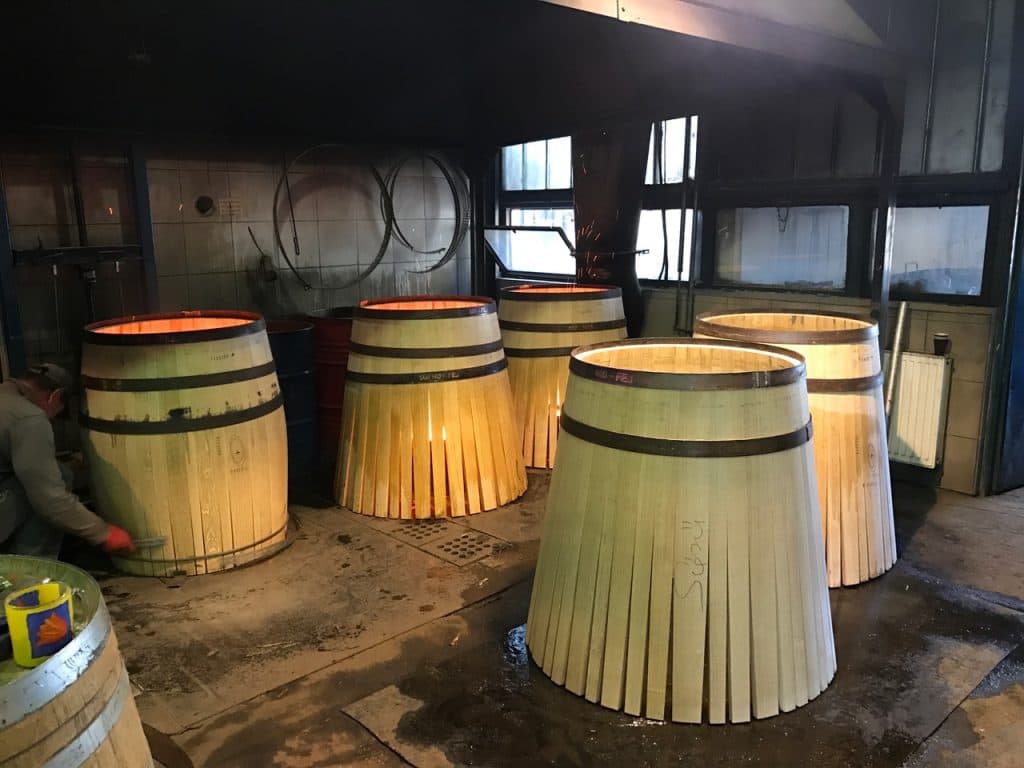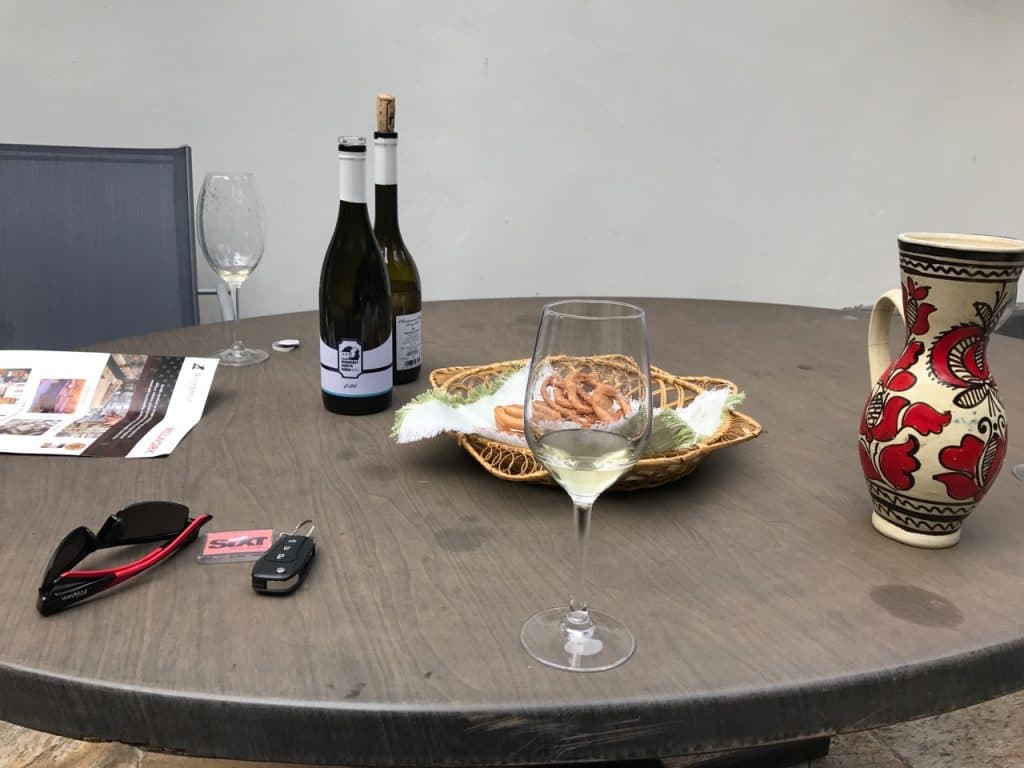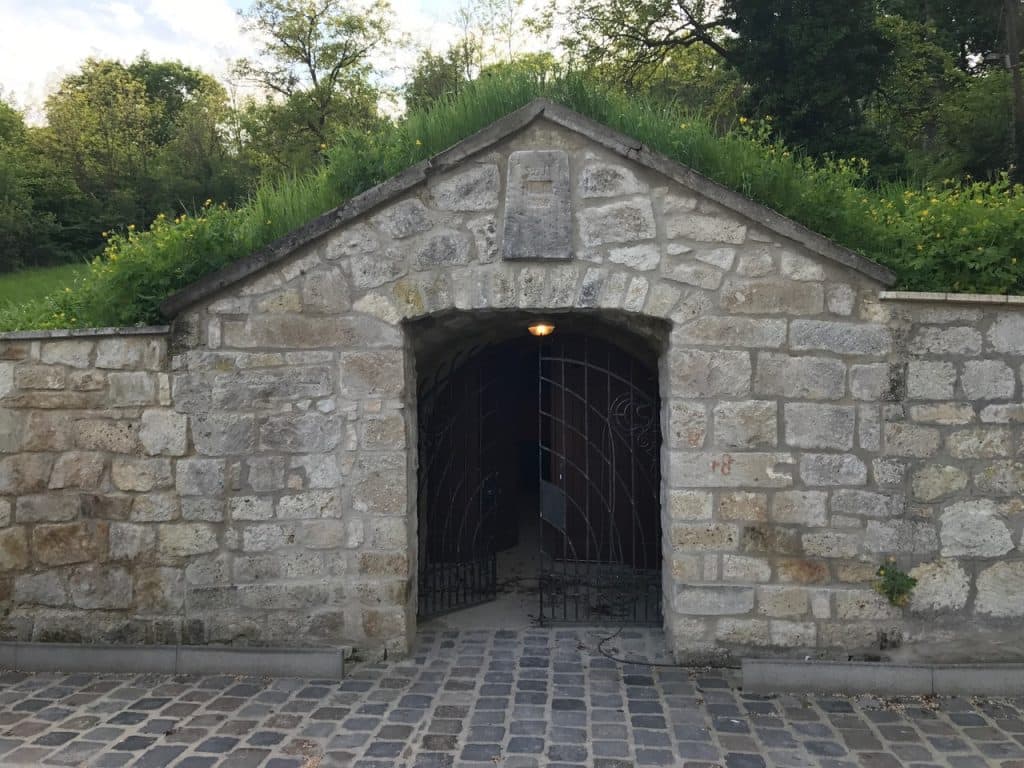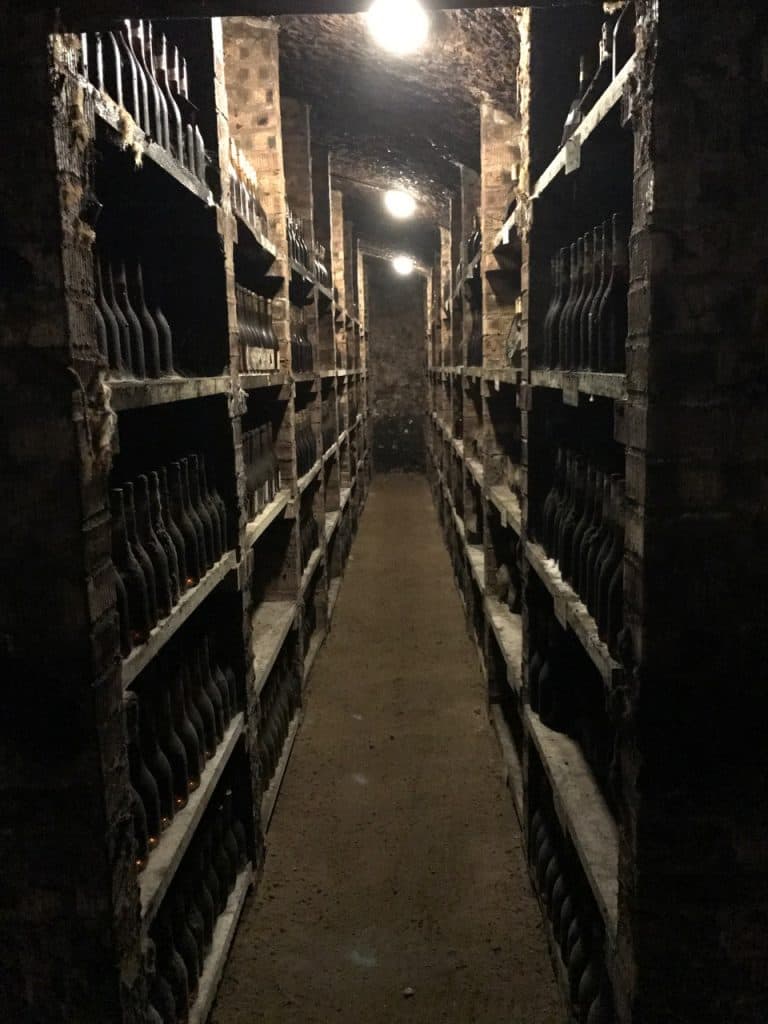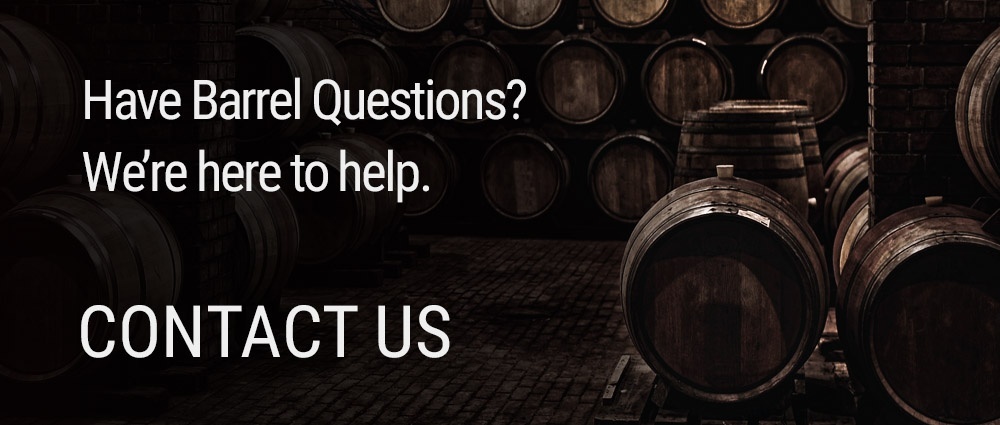I can honestly say I never gave Hungary much thought. It was there, I was here. I had a Hungarian breed of dog, a Vizsla, but that’s pretty much where my American-Hungarian ties ended. So when 60 year old Tokaj barrels came up on the barrel radar, I was intrigued and started planning a trip. Like most barrels we sell, we assure our clients nothing but the best. Having never worked with any Hungarian companies, I wanted to inspect these barrels onsite for quality and condition. Off to Budapest!
Starting off at the Kadar Cooperage, I learned the unique history, specifications, and design behind Tokaj barrels. The wood used is strictly from the region, Hungarian Oak (Quercus frainetto). Barrels are made in three general sizes, the old traditional 136l, the common 220l, and 500l. The old traditional 136l barrels are referred to as Gönci barrels, pronounced “goon-cy”. These were common many years back before machines because they’re just small enough where two men can lift one up when full, and put it onto a cart. The visit concluded with my first cup of Kávé, Hungarian for coffee. But as typical in Europe, a very small, strong Kávé.
Shortly after I was Eastbound to Tokaj. Tokaj is a famous wine region in the North East of Hungary, about 2.5 hours from Budapest. The first stop was St. Andrea Winery. Not all of their wines are traditional Tokaj, but many of their processes are similar, like the cave! North East Hungary is full of hills made from volcanic rock. Tunnels are carved through the rock which then provide perfect environments for aging and storing wine. The ambient temperature of these cave-like wine cellars is constant, between 50 – 60 degrees Fahrenheit, with 80-100% humidity.
I continued East, next to Budaházy–Fekete Kúria. Extra credit for pronouncing that!
This was more of an estate style winery. The current owners live in the house and conduct tastings on the first floor. Next door is their wine cave, as well as another one that is accessed through the basement. I was quite jealous of the fact they had underground tunnels in their basement! I was pleased, however, to be welcomed in with open arms. After the tour, I was invited to their back deck where we enjoyed some tastes and a pretzel-like snacks that are common to the area.
With every stop, I was closer and closer to the heart of Tokaj. My next and final stop for the day was the Götz family winery (Pronounced like “goods” with a tz. “Gootz”) in Hercegkút. Many of the smaller wineries here are family operations. This one was run by the brother and sister team of Istivan and Ildiko Götz. Rich in history, Hercegkút is a very special, tiny village in the heart of the region. The village is deserving of it own post, which it will get soon.
Istivan and Ildiko took me to their wine cellar, located in the hills of Hercegkút where family wine cellars are lined up like their own separate village. More on those here. I’m told their cellar is much larger than the rest, over 300 feet deep into the hillside, as their wine production is a larger commercial-style operation. Many of the other cellars of Hercegkút are just used as family wine storage. The Götz family hosts large tastings, parties, and dinners here in the cellar. Istivan is a full time winemaker for the largest Tokaj producer in Hungary, Grand Tokaj, and makes wine for the family business on the side. Grand Tokaj was the first thing on my schedule early the next day, so after seeing Götz’s very unique cellar I was off for some rest.
Day two started at 7:00 A.M. at Grand Tokaj. Grand Tokaj is a national winery, owned by the state. They are the largest winery in the region, with one of the largest underground cellars. Also bored into volcanic rock mountains, their cellars stretch nearly 3.5 miles underground ending in a 400 year old mine. With so much space and history, these dark tunnels are like a museum, storing vintage equipment, large wooden tanks, and the countries private stock of reserve wines. Hidden deep inside the mountain, behind multiple locked gates, in a dark cavern lay bottles of wine, some 100 years old. They informed me the last time they accessed the private stock was for Prime Minister Putin when he visited Hungary earlier this year.
After hours in the Grand Tokaj cellars, I met with some Spanish and German associates for lunch. Two Spaniards, two Germans, and an American, with a Hungarian menu; My head was spinning in translations, or attempts thereof. Our German associates had friends in the area, back in Hercegkút actually. After lunch I was invited to join them for a tasting, and happily obliged. Back in my new favorite village, Hercegkút, we traveled into the hills again, back to the rows of family wine cellars. This cellar we visited was large too, in comparison to the others of Hercegkút, but not quite as large as the Götz family cellar. It was my understanding that this cellar was more than just family wine storage, as they made their wine for sale too, but the wine wasn’t distributed widely. We sat in the cold, dim cellar at a long table with benches. One by one we tasted our way from their most dry selection to the sweetest, about a dozen varieties in total varying in age from 3 to 28 years old. It was a very nice treat as the second and final day of Hungary was winding down. After the tasting we finished our multilingual conversations and departed. We were all now headed our own way. The sun was shining, the weather perfect, and someone mentioned a trail near our cars that led to the top of a hill. After everyone left, and having no further appointments left on my calendar, I decided to take a walk. Shortly after that, I met Jozsef…


